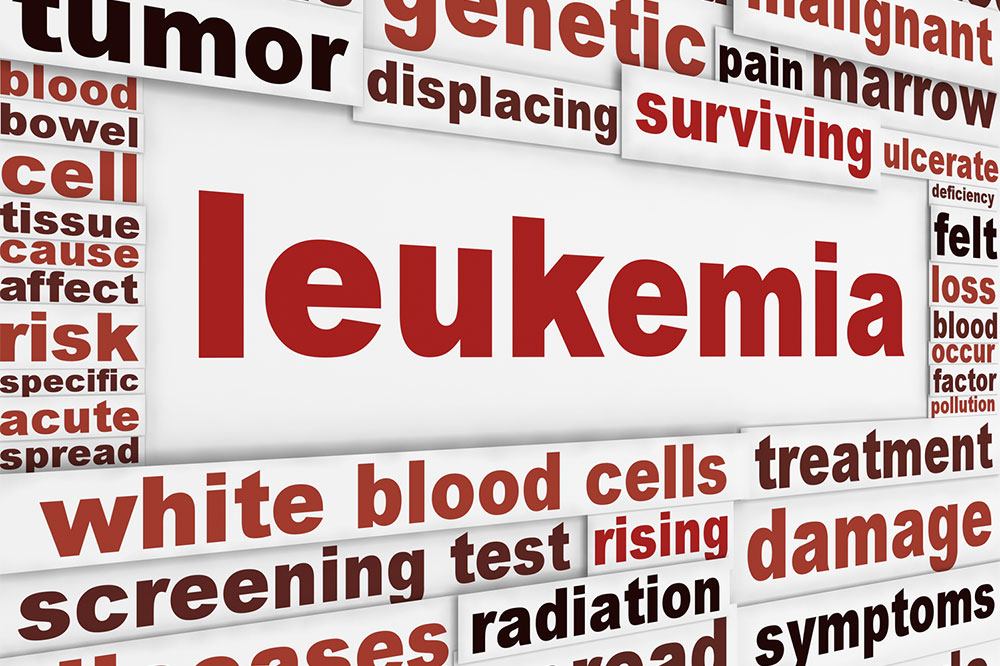Comprehensive Guide to Leukemia: Types, Causes, and Risk Factors
Leukemia is a complex blood cancer with multiple types, including ALL, CLL, AML, and CML. This comprehensive guide explores their causes, symptoms, risk factors, and treatment options, offering insights into early detection and management strategies to improve patient outcomes and survival rates.

Comprehensive Guide to Leukemia: Types, Causes, and Risk Factors
Leukemia is a serious blood cancer that impacts thousands of individuals each year, making it one of the most common types of hematologic malignancies worldwide. In the United States alone, the American Cancer Society estimates that over 60,000 new leukemia cases are diagnosed annually, highlighting its significant public health burden. This disease originates from abnormal proliferation and maturation of immature blood stem cells, which can be classified into either myeloid or lymphoid lineages. These abnormal cells infiltrate the bloodstream and bone marrow, crowding out healthy blood components, which impairs immune response, causes anemia, and leads to bleeding complications. Understanding leukemia's various types, causes, and risk factors is crucial for early detection, effective treatment, and improved prognosis.
1. Acute Lymphocytic Leukemia (ALL): An Overview
Acute Lymphocytic Leukemia, also known as ALL, predominantly affects children, especially those under the age of five. Each year, approximately 6,000 Americans are diagnosed with ALL, making it one of the leading childhood cancers. Despite its aggressive nature, children with ALL often respond remarkably well to modern treatment protocols, including chemotherapy, radiation therapy, stem cell transplantation, and emerging immunotherapies. The high remission rates among pediatric patients—often exceeding 80%—have significantly improved survival outcomes. However, adults diagnosed with ALL face more challenging prognoses, with higher mortality rates due to factors such as disease resistance and comorbidities. Early diagnosis and prompt treatment are essential to improve survival chances in both children and adults.
2. Chronic Lymphocytic Leukemia (CLL): An Introduction
Chronic Lymphocytic Leukemia, or CLL, typically affects older adults, with the average age at diagnosis around 70 years. It is characterized by the slow accumulation of abnormal lymphocytes, a type of white blood cell involved in immune responses. Although often asymptomatic in its early stages, CLL can progress gradually over years, eventually spreading to organs such as the liver and spleen if left untreated. Approximately 21,000 new cases are diagnosed annually in the United States, with about 4,500 deaths each year related to CLL. Treatment strategies include chemotherapy, targeted therapy, stem cell transplantation, and immunotherapy, tailored to the disease stage and patient health. Regular monitoring and early intervention are vital for managing disease progression and improving quality of life in affected individuals.
3. Acute Myeloid Leukemia (AML): The Most Aggressive Form
AML is recognized as the most prevalent and rapidly progressing form of leukemia, accounting for nearly 20,000 new cases each year. It is characterized by the rapid proliferation of abnormal myeloid cells, which normally develop into various types of blood cells such as red blood cells, platelets, and some white blood cells. AML primarily affects individuals over the age of 65, although it can also occur in younger populations. Due to its aggressive nature, AML requires urgent treatment. Standard therapeutic options include intensive chemotherapy, stem cell transplants, and targeted therapies designed to attack specific genetic mutations. Remarkably, younger patients with AML can achieve remission rates between 70% and 80%, with about a quarter surviving beyond five years post-treatment. Despite advances, AML remains a particularly challenging leukemia subtype, necessitating ongoing research for more effective therapies.
4. Chronic Myeloid Leukemia (CML): A Genetic Blood Disorder
CML affects mainly older population segments, with an average diagnosis age of around 65 years. It stems from genetic mutations, notably the presence of the Philadelphia chromosome, which results from a translocation between chromosomes 9 and 22. This genetic abnormality leads to uncontrolled growth of abnormal white blood cells, impairing immune functions and increasing the risk of infections. Approximately 8,400 cases are diagnosed annually in the United States. Treatment options have evolved significantly with the development of targeted therapies such as tyrosine kinase inhibitors, which specifically inhibit the abnormal proteins produced by the Philadelphia chromosome. Alongside chemotherapy, stem cell transplants, and immunotherapy, targeted drugs have transformed CML from a once rapidly progressive disease into a manageable chronic condition for many patients, improving survival and quality of life.





